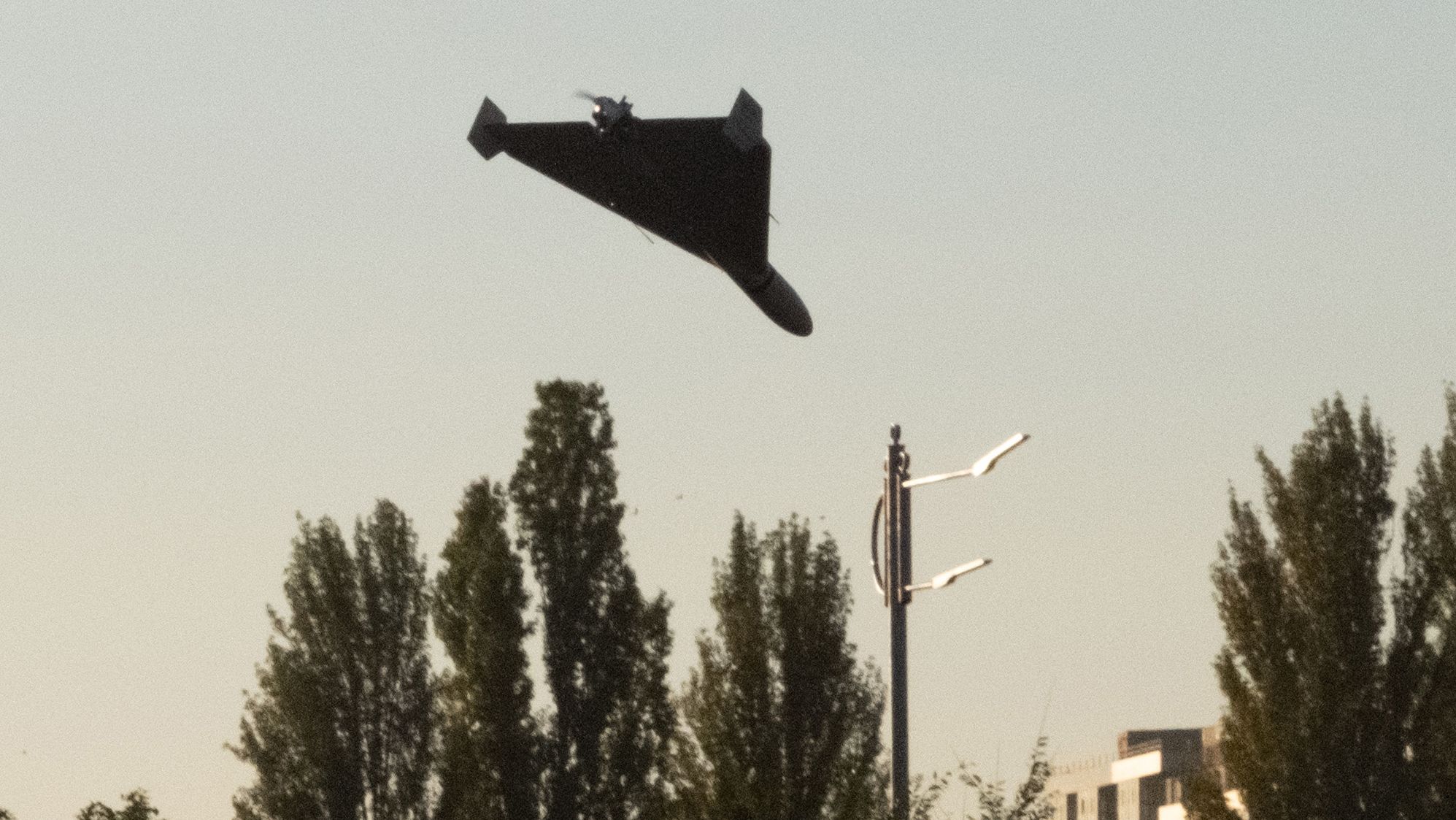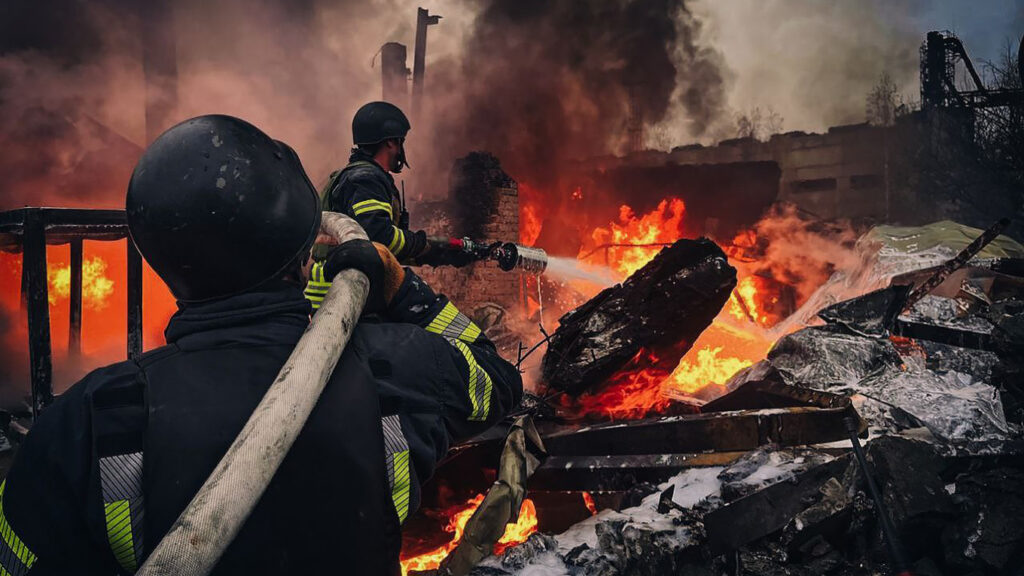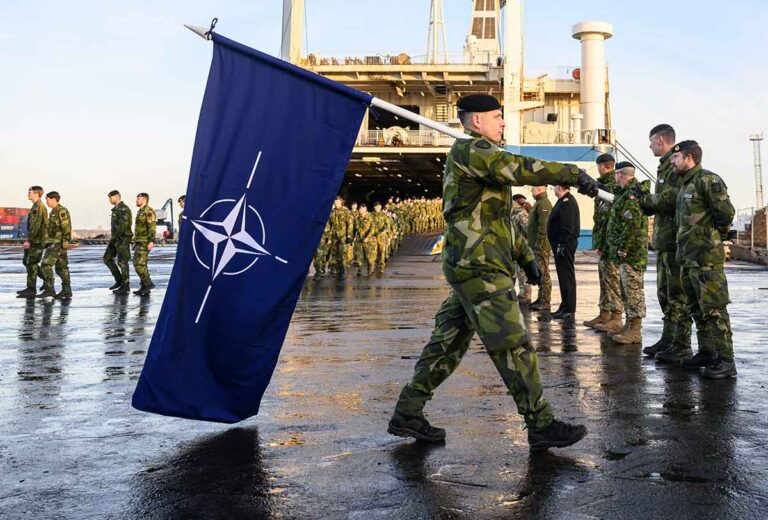
In early July 2025, Kyiv witnessed a significant change in Russian air strategies: unyielding swarms of drones assaulting from various angles. This innovative method signifies a shift— a tactical advancement from occasional missile attacks to synchronized, extensive UAV assaults aimed at overwhelming Ukraine’s defenses.
📈 Increase in Occurrence and Quantity
In just the last month, Russia has executed nightly barrages featuring hundreds of drones, typically Shahed or Geran (Iranian models adapted for Russian use). On July 4, an unprecedented assault launched 539 drones and 11 missiles at Kyiv, showcasing unparalleled intensity.
Previous incidents included similar assaults that deployed 315 drones and seven missiles, with some evenings indicating 400-500 drone launches, according to reports from the Ukrainian military.
🌐 Multi-Directional “Swarm” Approach
Contrary to previous drone attacks focused on specific areas, Russia currently deploys swarms from every direction—east, west, north, and south—creating an aerial circle that overwhelms Ukrainian radar detection. Analyst Christina Harward from the Institute for the Study of War points out that Russia is utilizing 300–400 actual drones each night, along with numerous less expensive decoys, compelling Kyiv to squander valuable interceptors.
⬆️ Elevated Height, Greater Infiltration
Russia’s drones can now function at heights of up to 5 km, making them unreachable by Soviet-era machine-gun anti-aircraft defenses.
This elevation benefit compels Kyiv to depend on missile-oriented air defenses—like Stingers or MANPADS—that are more expensive and rarer in availability.

🎛️ Strategic Diversion and Intelligence Gathering
Russian swarms fulfill two roles: offensive strikes and intelligence gathering. Observer Victor Mykhailo Shamanov observes that small drone teams are testing Kyiv’s air defense sites, causing mobile units to move. As defenses are restructured, larger attack waves penetrate via compromised pathways.
At one point, drones hovered above neighborhoods, luring defenders in before the actual attack commenced.
🔄 Advancement in Technology
-upgraded with Iranian elements, certain UAVs now incorporate sophisticated anti-jamming technology allowing for greater penetration.
Russia has invested in AI targeting, jet propulsion, diverse flight profiles, and SIM-based navigational resilience—enhancing the drones’ range and flexibility.
💥 Dynamic and Mental Influence
Although interception rates are elevated—Ukraine successfully downing about 90% of drones—the remaining 10% still cause considerable harm. The July 4 assault, for example, ignited fires, wounded 23–26 individuals, and harmed numerous structures and essential infrastructure.
This frequency takes a toll on civilian morale. Reports indicate prevalent anxiety, insomnia, and trauma induced by nightly alarms and the drone buzz, reflecting ongoing psychological stress on urban inhabitants.
🆚 Ukrainian Modifications
In response to the surge in drones, Ukraine has accelerated the use of portable missile interceptors, mobile anti-aircraft systems, and more frequently, electronic warfare (EW) technologies such as the Pokrova jammers.
which can disrupt Shahed navigation or neutralize them without causing damage.
Commander-in-Chief Oleksandr Syrskyi highlighted the strategic focus: “enhancing drone interceptors” and unifying all air defense layers.
However, Ukraine’s reaction largely relies on Western missile provisions, with some of these currently on hold.
🧩 The Wider Trend
This drone attack forms a component of a broader Russian tactic: inundate air defenses through quantity, decoys, height, and intricacy—testing both resources and mental endurance.
It also represents a worldwide change in combat: inexpensive, mass-manufactured drones creating asymmetric challenges, compelling high-cost air defense measures—an interaction that stresses the budgets of attackers and the reserves of defenders.
🔮 What Awaits in the Future
Due to heightened production, Russia can now manufacture around 2,700 Shaheds and 2,500 decoys monthly.
—Ukraine endures weeks, if not months, of aerial harassment. Without a renewal of Western missile assistance, Kyiv could find it difficult to maintain elevated interception rates.
Possible advancements may involve more sophisticated UAV technologies—drone interference devices, AI-driven swarming tactics, stealthy aircraft—or a broader movement toward attacking essential infrastructure through nighttime air operations.
🏁 Conclusion
The recent swarm attacks on Kyiv signify a critical tactical change: from sporadic missile assaults to continuous drone saturation efforts. Through multi-vector, high-altitude drones combined with decoys and surveillance, Russia intends to saturate air defenses and undermine civilian resilience.
Ukraine’s actions—mobile interceptors, electronic warfare jamming, and tactical maneuvers—demonstrate flexibility but rely on global assistance. With the drone conflict escalating, both opponents persist in this technology-fueled strategy game, using the skies above Kyiv as the battlefield.


